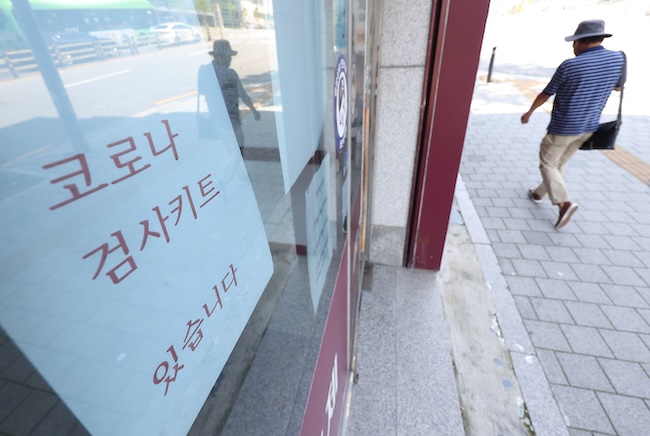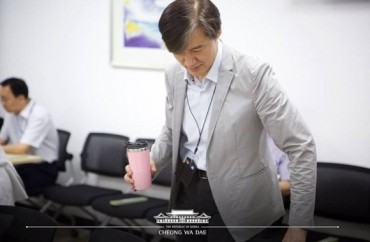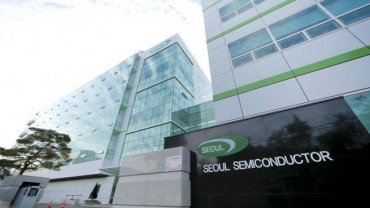
A sudden surge in COVID-19 cases and the looming threat of mpox (formerly known as monkeypox) have pushed hospitals to their limits. (Image courtesy of Yonhap)
SEOUL, Aug. 20 (Korea Bizwire) – As a seven-month-long medical dispute continues to strain South Korea’s healthcare system, a sudden surge in COVID-19 cases and the looming threat of mpox (formerly known as monkeypox) have pushed hospitals to their limits.
Emergency rooms, in particular, are facing near-paralysis as medical staff succumb to the virus themselves.
According to the Korea Disease Control and Prevention Agency (KDCA), COVID-19 hospitalizations have been on the rise since late June, peaking in the second week of August.
Data from 220 sentinel surveillance hospitals shows a total of 1,357 COVID-19 inpatients, a 56.2% increase from last week. This represents a sixfold increase in just four weeks, with patients aged 65 and older accounting for 65.4% of all hospitalizations.
The crisis has led to a phenomenon known as “ER hopping,” where patients are shuttled between hospitals due to lack of capacity.
Data from the Ministry of Health and Welfare reveals that between March and July, 273 out of 5,201 transfer requests (5.2%) failed to find a receiving hospital.
Lee Kyung-won, a public relations director at the Korean Society of Emergency Medicine, described the situation as “virtually paralyzed,” with the few remaining doctors and nurses falling ill to COVID-19 themselves.
Adding to the healthcare strain is the growing concern over mpox. While the immediate risk of domestic transmission remains low, experts warn that the new variant spreading in Africa shows increased transmissibility and mortality rates compared to last year’s outbreak.
In response to the crisis, the government has announced measures to alleviate pressure on emergency rooms.
These include continued financial support for ER staff, securing additional beds in public hospitals for COVID-19 patients, and considering increased out-of-pocket expenses for non-emergency patients visiting ERs to discourage unnecessary visits.
However, medical professionals have criticized these measures as unrealistic. “How can ER staff, who are already overwhelmed with patients, find time to distinguish between emergency and non-emergency cases?” Lee argued.
The government plans to address these issues, along with the increase of medical school admissions and the prolonged healthcare vacuum, through a presidential committee on medical reform. The first implementation plan for medical reform is expected to be announced early next month.
M. H. Lee (mhlee@koreabizwire.com)






